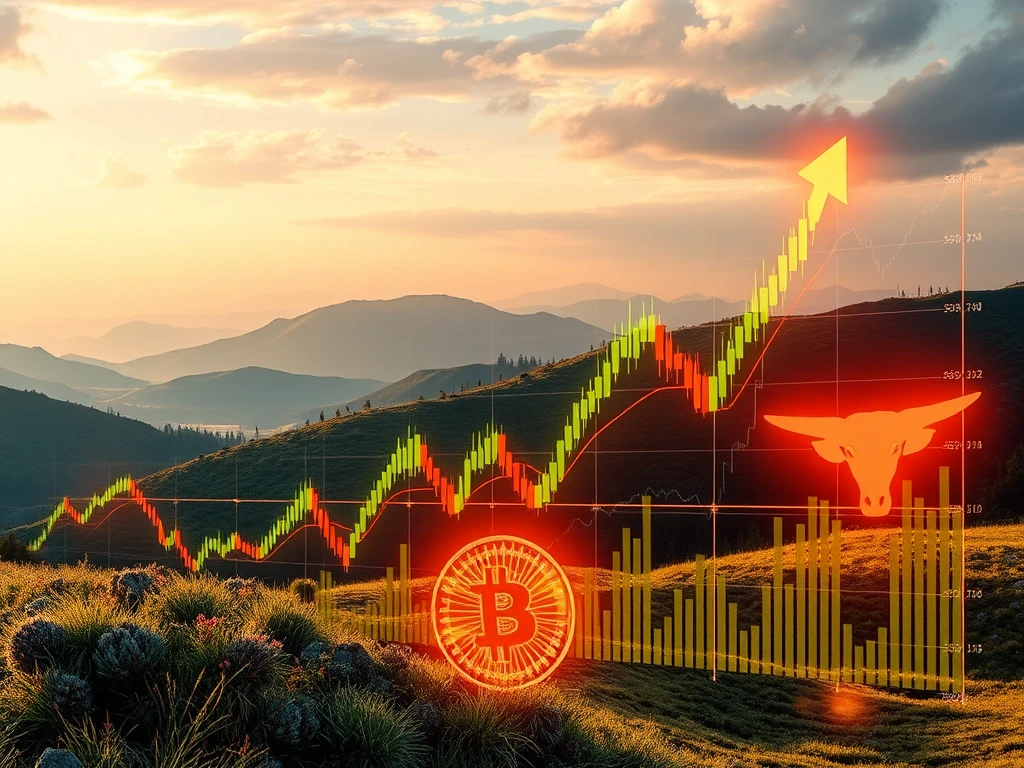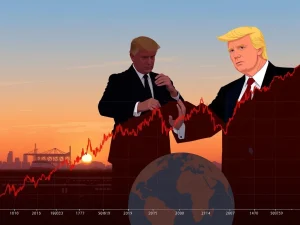Massive Solana Futures Open Interest Hits $7.4B: Is $200 SOL Price Possible?

Interest in Solana is reaching new heights, particularly in the derivatives market. Solana futures open interest recently surged to a significant milestone, catching the attention of traders and analysts alike. This surge often signals increased institutional participation and market liquidity, but does it guarantee a breakout for the SOL price?
Solana Futures Open Interest Reaches a Peak
Solana futures aggregate open interest climbed to 46.2 million SOL, the highest level seen in over two years. This represents a 22% increase from the previous month. In dollar terms, this figure reached an impressive $7.4 billion.
This rise in Open Interest indicates greater activity in the leveraged trading market for SOL. While every trade involves both a buyer and a seller, increased Open Interest suggests more capital is being deployed in futures positions. This heightened activity can facilitate complex trading strategies, such as arbitrage or the ‘carry trade’, where investors buy the asset on the spot market and sell futures contracts.
Why Isn’t the SOL Price Soaring Yet?
Despite the massive Open Interest, the current SOL price around $155 remains significantly below its all-time high of $294. This underperformance, especially compared to the total crypto market capitalization which is closer to its peak, has led some investors to temper their expectations for SOL’s immediate future.
Several factors contribute to this cautious outlook:
- Declining DEX Activity: Weekly Decentralized Exchange (DEX) volumes on Solana have seen a sharp decline, dropping from $29.2 billion to $10.5 billion in a month. This reduction in on-chain trading volume suggests decreased user activity on the network’s decentralized applications.
- Increased Competition: Other blockchains, particularly BNB Chain, are posing strong competition. BNB Chain offers low fees and integrated tools, benefiting from its close ties to a major exchange. Hyperliquid has also emerged as a leader in perpetual futures trading, challenging Solana’s position in the derivatives space.
What Do Funding Rates Tell Us About Bullish Sentiment?
Perpetual futures funding rates provide insight into whether traders holding long (buy) positions are paying a premium to those holding short (sell) positions. In a strongly bullish market, funding rates are typically positive and high (e.g., above 15% annually), indicating longs are eager to maintain their positions.
Solana’s funding rate has recently hovered between neutral and slightly negative levels. It has struggled to sustain a positive rate above 15% annually over the past 30 days. This suggests that despite the high Open Interest, there isn’t strong, widespread conviction among leveraged traders that the SOL price is poised for an immediate surge.
Could Solana ETF Speculation Drive the Next Move?
Speculation surrounding a potential spot Solana ETF in the United States remains a significant potential catalyst for the SOL price. Some analysts are optimistic about the possibility of the SEC approving ETFs for various altcoins, including SOL, later this year.
While an ETF approval could bring new capital and attention to Solana, current market indicators like funding rates and on-chain DEX activity do not yet show clear signs of a strong, organic push towards the $200 mark. The market appears to be waiting for a more definitive bullish signal.
Summary: Mixed Signals for SOL Price
The surge in Solana futures Open Interest to a 2-year high of $7.4 billion highlights growing attention from larger market participants and increased liquidity in the derivatives market. However, this bullish signal is currently counterbalanced by other factors.
Declining DEX activity on the network, rising competition from other blockchains, and neutral perpetual futures funding rates suggest that underlying bullish sentiment and network usage might not yet support a rapid move to $200 for the SOL price. While Solana ETF speculation offers future potential, the path ahead appears uncertain, marked by conflicting market signals.








